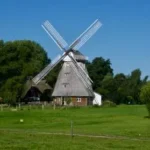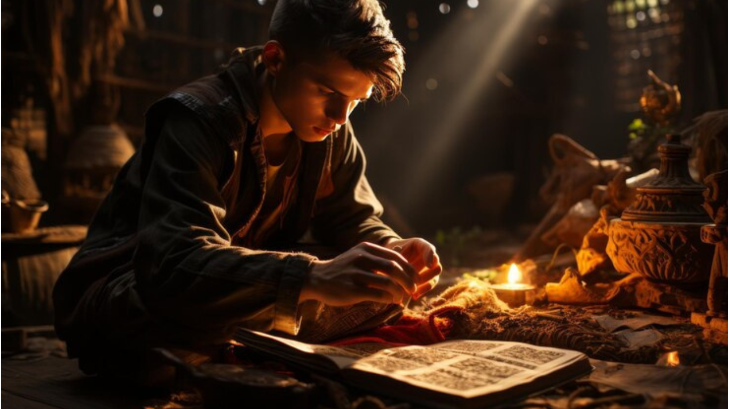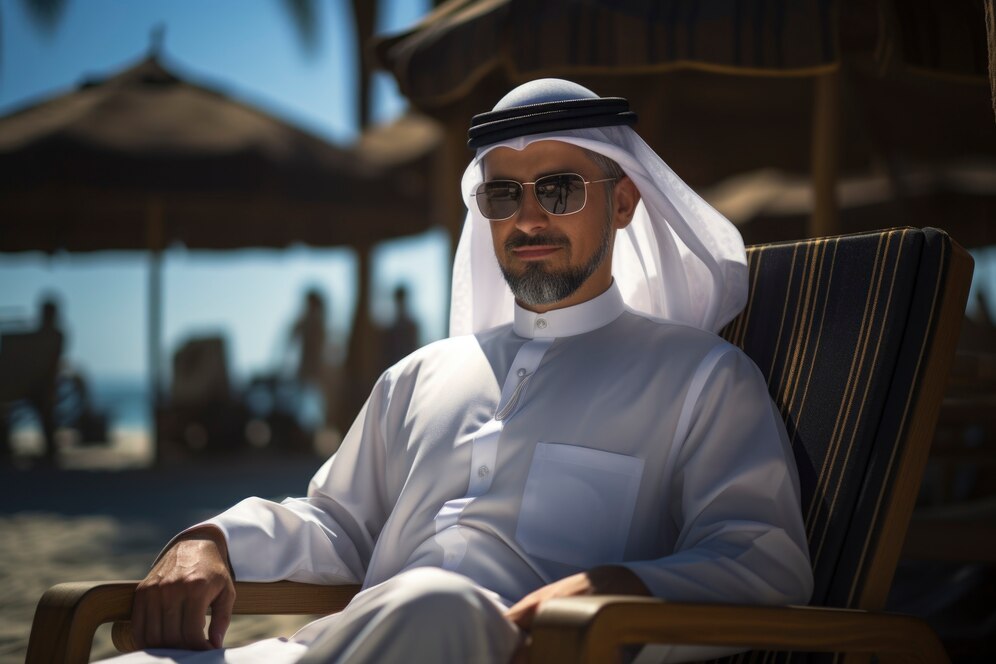Jekkoju Udaya Bhaskar is a name synonymous with artistic brilliance and sculptural innovation in contemporary Indian art. A highly respected artist, Bhaskar has contributed significantly to both traditional and modern forms of sculpture, blending cultural heritage with modern themes. His works reflect not just technical prowess but also a deep philosophical understanding of form, aesthetics, and the human condition.
Bhaskar’s artistic journey is a fascinating one, involving decades of dedication, self-expression, and a strong connection to his cultural roots. In this article, we will dive deep into his life, art, and enduring influence on the world of sculpture.
Jekkoju Udaya Bhaskar: The Early Years
Jekkoju Udaya Bhaskar was born in the Indian state of Andhra Pradesh, a region known for its rich artistic traditions, particularly in sculpture and architecture. His early experiences with local artisans helped shape his artistic vision, which combines a respect for traditional craftsmanship with a thirst for innovation.
Throughout his youth, Bhaskar demonstrated a natural talent for working with his hands, particularly in creating intricate forms from clay and other materials. Recognizing his potential, his family encouraged him to pursue formal training in art, and this laid the foundation for his future as a master sculptor. His education in fine arts gave him the technical skills to accompany his artistic instincts, allowing him to experiment with various forms, styles, and mediums.
The Influence of Traditional Indian Sculpture on Jekkoju Udaya Bhaskar
He draws inspiration from classical forms of Indian art, including the famous temple sculptures found in Andhra Pradesh and other parts of India. These ancient works often depict deities, mythological figures, and religious narratives, and they have had a lasting impact on Bhaskar’s creative output.
However, what sets Bhaskar apart is his ability to reinterpret these traditional forms in a contemporary context. While his sculptures often feature religious and mythological themes, they are imbued with modern aesthetics and sensibilities. Bhaskar uses a wide range of materials, from bronze and copper to stone and clay, and his innovative techniques breathe new life into age-old traditions. His ability to merge the ancient with the modern has earned him recognition not only in India but internationally as well.
Contemporary Themes in the Work of Jekkoju Udaya Bhaskar
His work often explores themes that are relevant to contemporary society, such as environmental conservation, social justice, and the human relationship with nature. These modern influences have made his art accessible to a wider audience, extending beyond those familiar with traditional Indian forms.
One of Bhaskar’s most famous contemporary works explores the concept of ecological harmony. In this series, he created abstract representations of natural elements like water, wind, and earth, combining them with human forms to symbolize the interdependence of humans and nature. His work in this series was not only aesthetically striking but also delivered a powerful message about the need to protect and preserve the natural world.
The Technical Mastery of Jekkoju Udaya Bhaskar’s Sculptures
Bhaskar often works with materials that are notoriously difficult to sculpt, such as stone and metal. However, his command of these mediums is evident in the fluidity and grace of his finished pieces. His sculptures are not merely decorative but convey a sense of motion and life. This is particularly evident in his large-scale public works, which have been installed in cities across India and internationally.
In addition to his technical prowess, Bhaskar is also a master of scale. His smaller, more intimate pieces demonstrate a delicacy and refinement that contrast beautifully with his monumental sculptures, which often dominate public spaces with their grandeur and presence.
The Role of Spirituality in Jekkoju Udaya Bhaskar’s Art
Spirituality plays a central role in Bhaskar’s creative process and his finished works. For Bhaskar, sculpting is not just about creating something beautiful; it’s also a form of spiritual expression. This is particularly evident in his depictions of gods and goddesses, which exude a sense of reverence and divine energy.
He often explores broader spiritual themes, such as the interconnectedness of all living beings, the cyclical nature of life and death, and the search for inner peace. His sculptures encourage viewers to reflect on their own spiritual journeys and their place within the universe.
Jekkoju Udaya Bhaskar’s Impact on Contemporary Indian Art
Jekkoju Udaya Bhaskar has had a profound impact on the contemporary Indian art scene. As a sculptor, he has helped to revive interest in traditional forms of sculpture, while also pushing the boundaries of what sculpture can be. His ability to combine traditional themes with contemporary concerns has made his work relevant to a new generation of artists and art lovers.
Bhaskar has also played an important role as a mentor to younger artists. Through his teaching and mentorship, he has helped nurture the next generation of Indian sculptors, passing on his knowledge and skills while encouraging them to develop their own unique voices. Recognition and Awards for Jekkoju Udaya Bhaskar
Over the course of his career, Jekkoju Udaya Bhaskar has received numerous awards and honors for his contributions to the field of sculpture.These achievements reflect not only the quality of his work but also its broad appeal.
FAQs
Who is Jekkoju Udaya Bhaskar?
Jekkoju Udaya Bhaskar is a renowned Indian sculptor known for blending traditional Indian themes with contemporary artistic styles. He is celebrated for his mastery in various materials like stone, metal, and clay.
What themes does Jekkoju Udaya Bhaskar explore in his sculptures?
Bhaskar’s work often explores themes of spirituality, mythology, nature, and contemporary social issues like environmental conservation.
What materials does Jekkoju Udaya Bhaskar use in his sculptures?
He works with a wide range of materials, including stone, bronze, copper, and clay, often choosing the medium that best suits the concept of each individual piece.
Has Jekkoju Udaya Bhaskar received any awards?
Yes, Bhaskar has received numerous awards and accolades throughout his career, both in India and internationally.
Where can Jekkoju Udaya Bhaskar’s works be seen?
His sculptures can be found in galleries, museums, and public spaces across India and internationally. He has also participated in several exhibitions and art residencies around the world.
How does Jekkoju Udaya Bhaskar’s work contribute to contemporary Indian art?
Bhaskar has significantly influenced contemporary Indian art by bridging the gap between traditional forms and modern expressions, making his work relevant to both Indian and global audiences.
Conclusion
Jekkoju Udaya Bhaskar stands as a towering figure in the world of sculpture, not just in India but on the global stage. His ability to blend traditional and contemporary elements, along with his technical mastery, has earned him a place among the most respected sculptors of our time. His work is a testament to the power of art to transcend cultural boundaries, offering viewers a glimpse into the rich spiritual and artistic heritage of India while also engaging with universal themes that resonate with people across the world.











